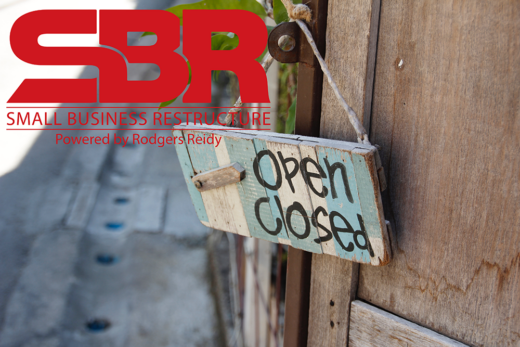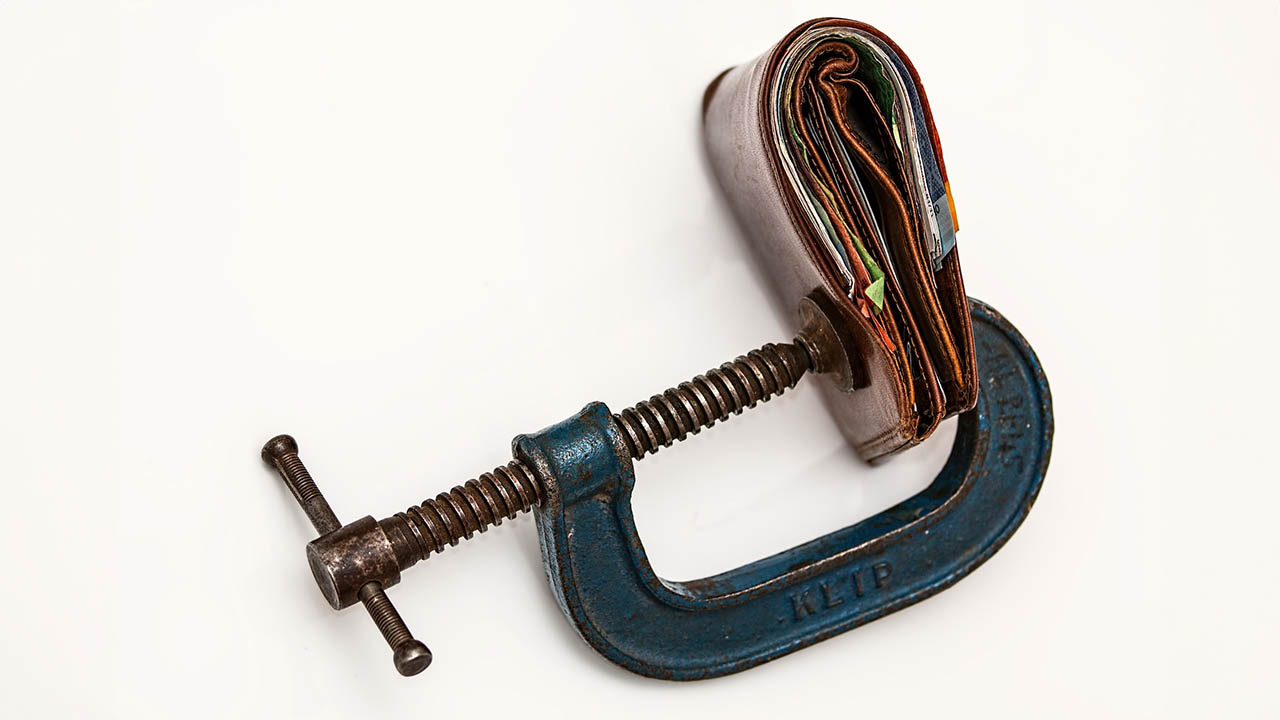Our Services
Small Business Restructure
We have a team of SBR Registered Practitioners who are experts in assisting businesses that meet the government’s criteria to restructure their businesses.

The Small Business Restructuring Process.
In January 2021, Small Business Restructures (SBR) were implemented to avoid an expected tidal wave of insolvency post-COVID and to keep businesses trading and avoid liquidation.
The SBR process provides directors and the company time to put forward a plan to creditors to pay their liabilities an amount less than 100 c/$, all while retaining control of the company under the supervision of an SBR Restructuring Practitioner (SBR RP).
The small business world in Australia is littered with statistics around business failures that could easily have been avoided with a little help. The first challenge is, of course, to determine that there is a problem, and then to understand the magnitude of the problem.
Some issues are not so grave as to be leading a small business into insolvency, while others may benefit from a formal SBR process.
SBR is a regime where an insolvent company can appoint an SBR Restructuring Practitioner (SBR RP) to put a proposal to pay creditors something less than 100 c/$. It can also be a more cost effective option for small businesses as opposed to other insolvency processes.
In an SBR, the SBR RP is there to assist the company in developing and preparing a restructuring plan for creditors’ consideration.
The SBR RP will liaise with the Company’s creditors in respect to verifying their debts and claims and resolving any debt disputes.
During the restructure and plan period, the director has complete control of the day-to-day operations of the business, in conjunction with its ordinary advisors (ie, accountants). The only time that the RP will be involved is if there are any transactions outside the ordinary course of business.
There are 2 distinct phases in an SBR, the Restructure Phase and then the implementation of the Plan itself.
The plan is terminated when its terms are satisfied and in such a circumstance the company is released from its admissible debts.
The SBR Eligibility Checklist
Is the company insolvent or likely to become insolvent?’
- Are tax lodgements up to date? *
- Are employee entitlements up to date? *
- Are liabilities under $1 million, excluding employee entitlements?
- Company has not been subject to a simplified liquidation or SBR in the previous 7 years?
- Directors, including former directors acting in the preceding 12 months, have not been involved in a simplified liquidation or SBR in the previous 7 years?
- Is the entity incorporated under the Corporations Act 2001?
* up-to-date as at the commencement of the SBR, or will be up to date before the restructuring plan is proposed.
If you answered yes for all of the checklist you may be eligible for an SBR. Eligibility is a strict test and we encourage you to reach out to our team to see if this process is right for you and your business.
If you answered no to some or all of the above, please contact us at Rodgers Reidy for a solution tailored to your needs.
The roles for the Stakeholders
Restructure Phase
SBR RP
- Consents to transactions not in the ordinary course of business, but is not personally liable for these or any trading debts.
- Assists the company in developing and preparing a restructure plan and restructuring proposal statement.
- Makes reasonable enquiries to verify the company’s business, property, affairs and financial circumstances.
- Verifies debts and claims and deals with any debt disputes.
Company
- Continues to trade and is responsible for any debts incurred.
- Works with the assistance of the RP to develop a plan.
- Retains its advisors as part of its normal business.
Creditors
- Continue to trade with the company during this period. The company is responsible for any debts incurred.
- Within the acceptance period tell the SBR RP if the plan should be accepted or not.
Plan Phase
SBR RP
- Receives amounts under the plan.
- Makes payments to creditors under the plan.
- Monitors and reports contraventions under the plan.
Company
- Continues to trade and is responsible for any debts incurred.
- Makes payments required under the plan.
Creditors
- Receive payments under the plan.
- Continue to trade with the company during this period. The company is responsible for any debts incurred.






